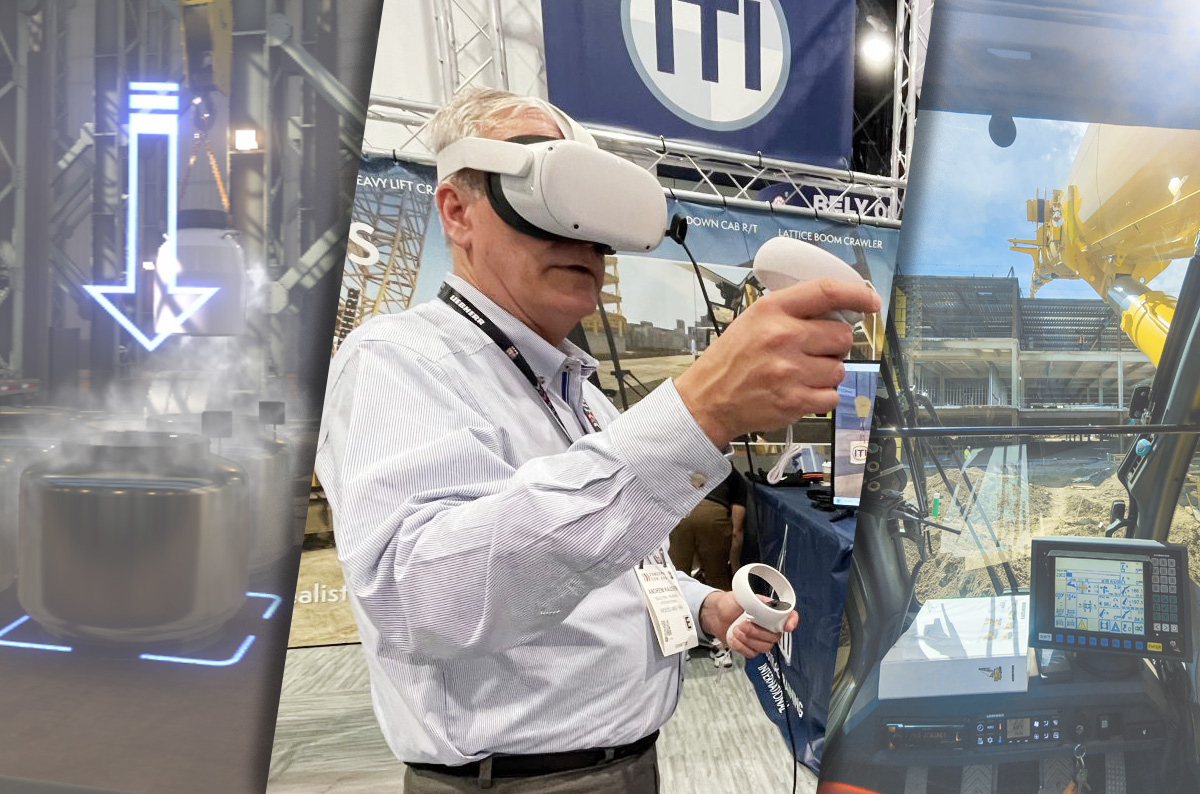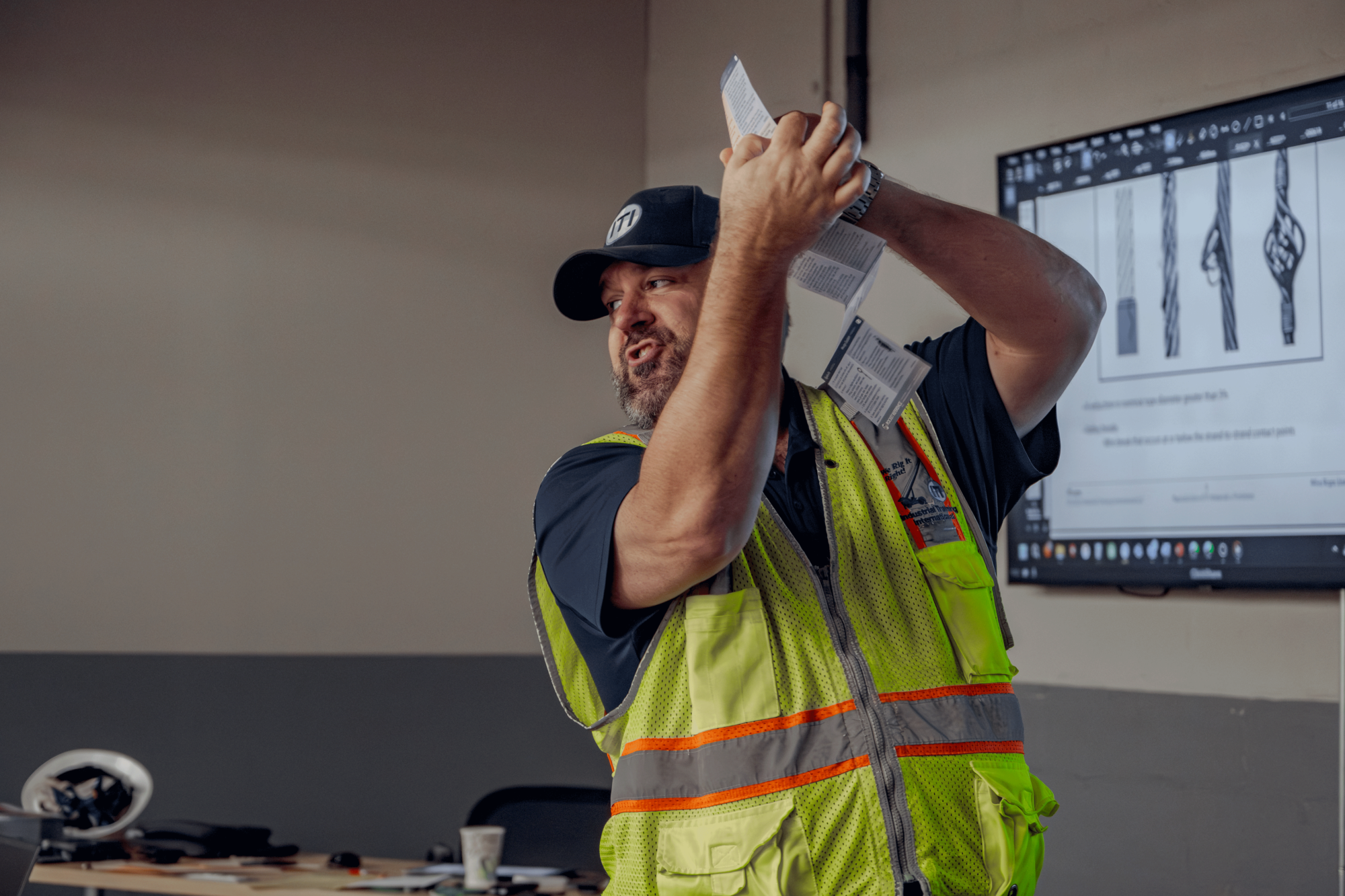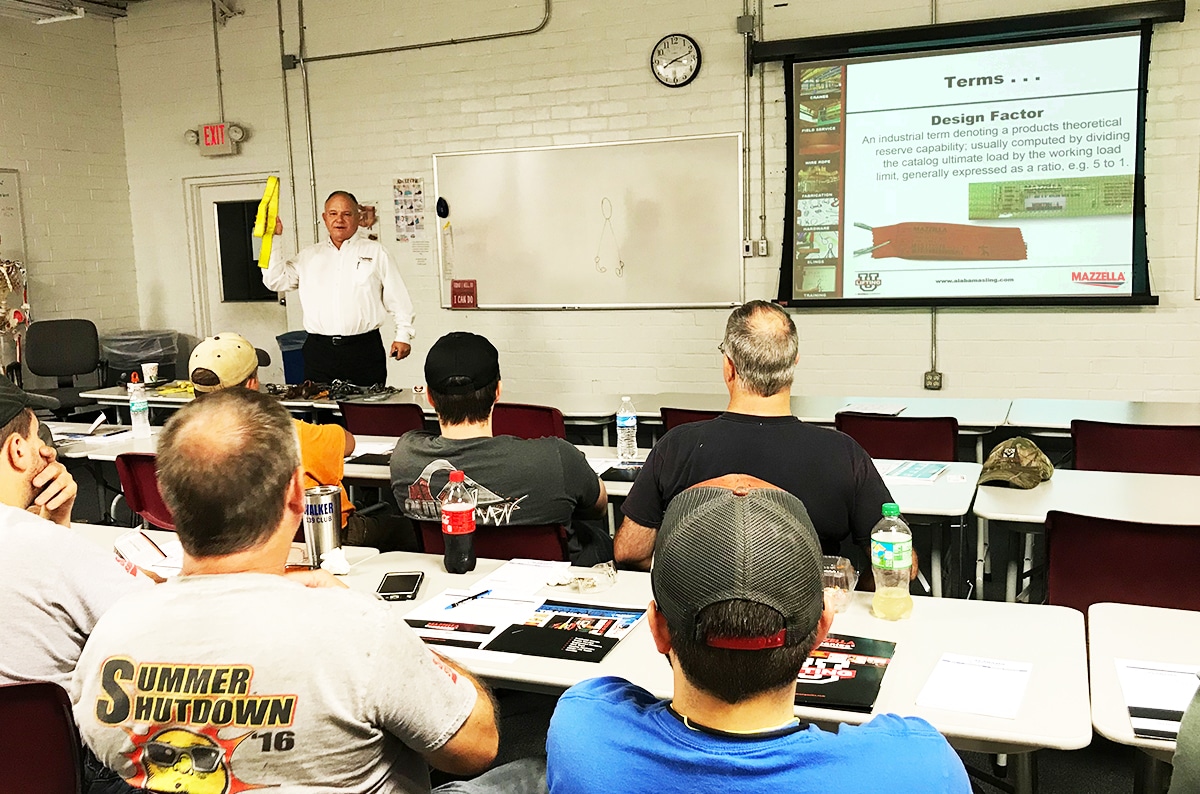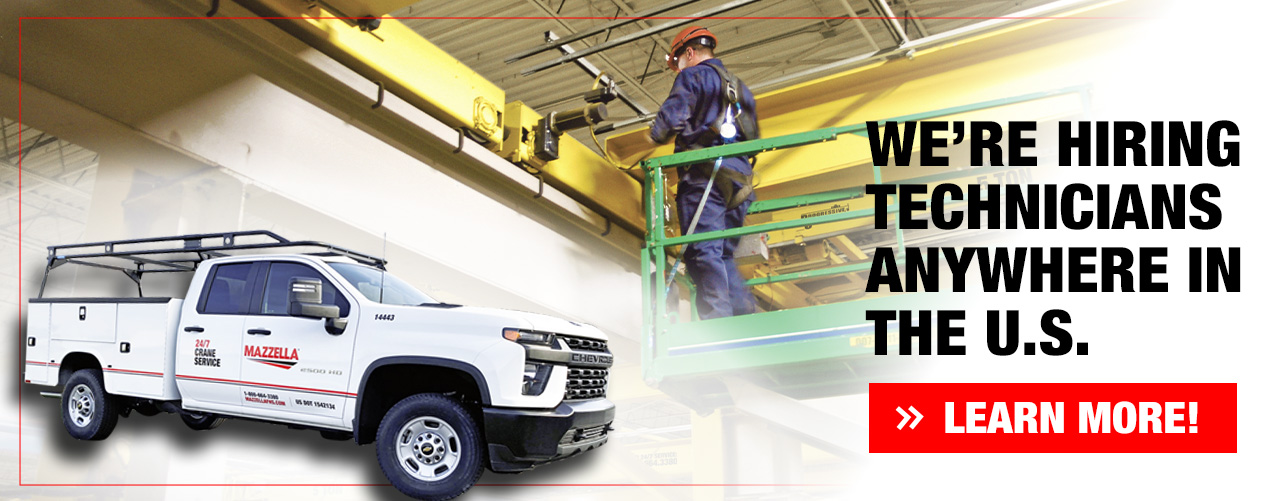How to Advance Your Career in Lifting and Rigging
While skyscrapers are raised, planes take off from runways, and cargo ships enter ports, lifting professionals will have an important place in our evolving and interconnected global economy. While some people have a preconceived notion of a career in lifting, there are many opportunities and career paths to go down, and it’s never too late to advance your career, regardless of your experience level or starting position. Our article will explain how training and acquiring certification is key to meaningful advancements in our industry.
From the mountains of New Zealand to the heart of American Midwest, lifting and rigging professionals play a pivotal role in shaping our world.
Whether it’s in automotive plants, steel mills, skyscrapers and construction projects, onshore and offshore drilling, energy, or manufacturing facilities, these industries cannot function properly without the right lifting equipment and properly trained lifting professionals on site.
And spearheaded by the Lifting Equipment Engineers Association (LEAA), we now have Global Lifting Awareness Day—a day to showcase the great work our industry does, the challenges we face, and the manufacturers, suppliers, and end users who work in lifting every day.
While a career in lifting and rigging is incredibly diverse, important, and rewarding, we as an industry rarely get together to discuss our roles and how people can advance in the industry.
While some people have a preconceived notion of a career in lifting, there are many opportunities and career paths to go down, and it’s never too late to advance your career, regardless of your experience level or starting position.
Therefore, this article will answer important questions you may have as you navigate a career change in lifting and rigging, including:
What Jobs are in Lifting and Rigging?
Many people have a picture in their head of a career in lifting and rigging: physically demanding, blue collar work in construction sites, steel mills, and factories. In reality, this is only the tip of the iceberg.
While riggers and crane operators are probably the most important part of this industry, they are just one piece of the puzzle. Organizations are not only looking for the next generation of Riggers – they are also looking for the next generation of Accountants, Engineers, Marketers, Human Resource Specialists, IT professionals, Safety Inspectors, and Trainers.
When talking to industry experts, they routinely express concerns of “lost knowledge” in the industry: older, experienced workers are nearing retirement, and no one is there to replace them.
As discussed in last year’s Global Lifting Awareness Day article, there’s a growing concern in recruiting younger generations of talent. The problem? Most people—especially young workers—don’t know the many career paths and opportunities that this industry offers.

New Technology, New Opportunities
Technology is changing at rapid speeds, and the lifting industry is keeping pace. From no-touch technology in steel mills, virtual reality crane simulators, to drones being used in overhead crane inspections, the lifting industry is at the cutting edge of technological advancements.
This new wave of technology brings new opportunities for tech savvy, younger professionals—far from the stereotype they may hold of lifting being solely manual labor. By the end of 2024, Gen Z will overtake Baby Boomers in the workforce. By 2030, Gen Z will make up 30% of the US workforce.
If companies want to attract new, younger talent, embracing technological advancements is a great place to start.
How Do You Advance Your Lifting and Rigging Career?
At Mazzella, we’ve had Marketers become Safety Inspectors, and entry level Accountants turn into executive-level finance officers. Maybe you work on the shop floor and want to transition to sales or operations. But how did they get there, and how can you make that transition?
What Training Programs are Available?
People don’t become experts overnight. They spend countless hours learning from experienced workers and testing their skills. And in our industry, continued education and obtaining certifications are vital to meaningful career advancement.
Training programs in the lifting industry vary and can be broken up into two categories: prep courses and skills building. No matter the career path you take, there will be an abundance of training courses and resources for you to explore.
Training programs in the industry span the lifting discipline across various delivery methods, modalities, and skill levels. Everything from the basic rigging that powers Mazzella’s training arm, to Lifting Director and Rigging Engineer programs available through premier training professionals like Industrial Training International (ITI).
The training programs can be broken into four disciplines:
- Rigging
- Mobile cranes
- Overhead cranes
- Lift planning and management

Most training programs will have a hybrid approach, splitting time between hands-on training and a classroom environment (online or in-person). For more hands-on roles, like a Master Rigger, you can expect an even split between the two. Whereas other career paths could be 70% in the classroom and 30% in the field.
In some cases, you can take virtual reality crane and equipment training, where you can simulate up to nine unique crane types and thousands of specific scenarios.
Even if you plan on working in the corporate side of the industry, taking basic training courses will help you understand the industry more, aiding your career growth.
What Lifting Training Programs are Required?
An important detail to point out is that not all certifications are required throughout the industry. When we look at how OSHA designates and classifies the workforce, it’s in general industry and construction. In construction, crane operators must be certified by an ANSI accredited third-party certification body. Outside of that, it’s not required.
That’s where training organizations will consult with you to understand what type of environment you are working in, what type of activities you are doing, and who you are working for, as requirements can change depending on your state and industry.
A lot of companies require certification to come on site, regardless of your position. A great training organization will make sure you are not stopped because of a lack of training or credentials.
What Training is Crucial for Career Advancement?

Regarding training certifications, OSHA and ASME require that all personnel performing lifting and rigging activities are trained and evaluated before they perform a task.
It doesn’t always have to be formal training in a classroom environment. It can be on-site training as well.
Additionally, it’s important to document your training to mitigate risk for the employee and the employer and that they have the knowledge, training, experience, credentialing to perform a task.
How Can You Leverage Training Opportunities for Career Growth?
“The more you know, the more you grow.”
Regardless of the industry, a higher education has always been the key to reach higher salaries and career growth. For example, a survey in 2022 found that there is a 22.5% salary differential between someone holding a master’s and bachelor’s degree.
The sky is the limit for a lifelong learner—and the more education you get, the higher you can go in this industry.
From an entry-level Sewer up to a Lifting Director, having accredited training courses on your resume is great to bring up in interviews. Whether it’s in person or an online program, that certificate shows you took the initiative to go out and educate yourself.
Taking additional training will only increase your chances of advancing your career and shows your employer that you’re willing to invest in yourself and develop additional skillsets.
How Can You Enroll Yourself in Training?
While most training organizations’ clients are companies looking for compliance, what if you’re an individual looking for career advancement? How can you advocate for yourself to get additional training and acquire new certificates?
First, know your rights. Per OSHA, the employer is responsible for training their employees and making sure they provide a safe work environment. If you feel a certain course can help not just you, but everyone on your team stays safe, contact your supervisor and give them details on the course.
If you have gone through operations training and still don’t feel comfortable, confident, or competent, talk with your supervisor and inform them that you would like additional training.
Wrapping it Up
While skyscrapers are raised, planes take off from runways, and cargo ships enter ports, lifting professionals will have an important place in our evolving and interconnected global economy.
Even though the outside world only sees the tip of the iceberg, it’s on us to showcase the diverse career opportunities available—especially to younger generations.
Lifting professionals come from all walks of life, regardless of their age, gender, race, or social class, and we hope this article showed how anyone can take those initial steps to advance their career.
If you would want to learn more about advancing your lifting and rigging career, listen to our podcast with Ross Moloney, CEO of LEAA, Amanda Long, Vice President of Sales for Industrial Training International, and JT Farley, Customer Trainer at Mazzella. Also, view our careers page to see current openings.

Copyright 2024. Mazzella Companies.
